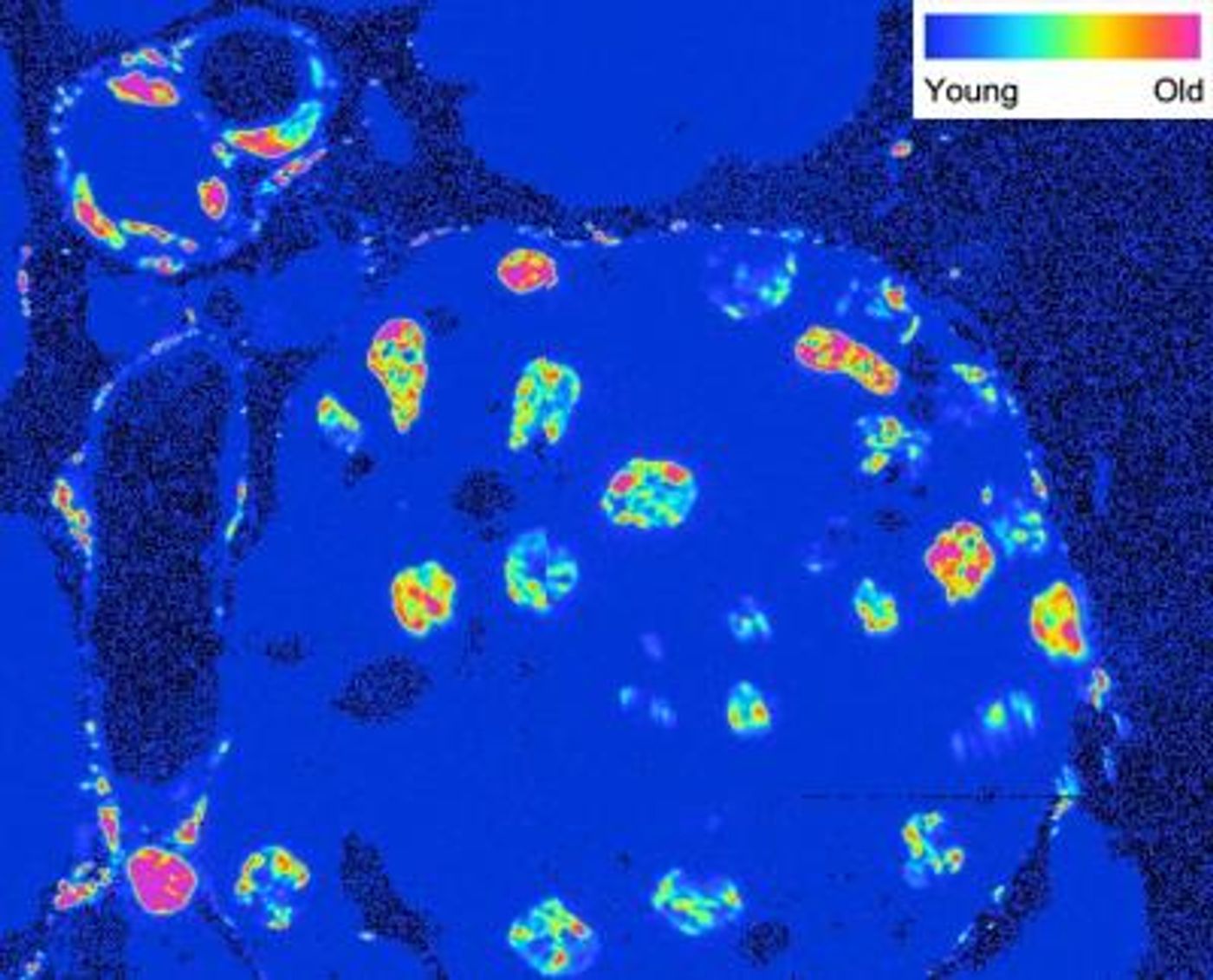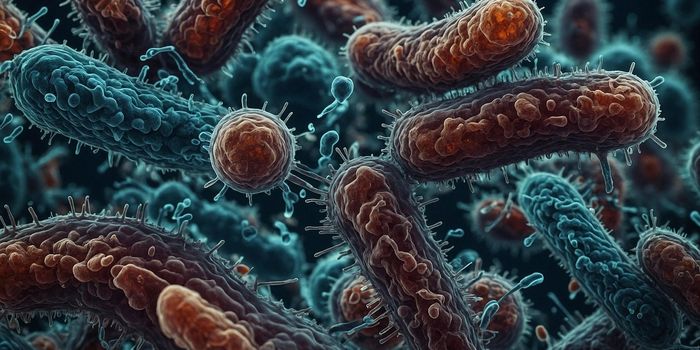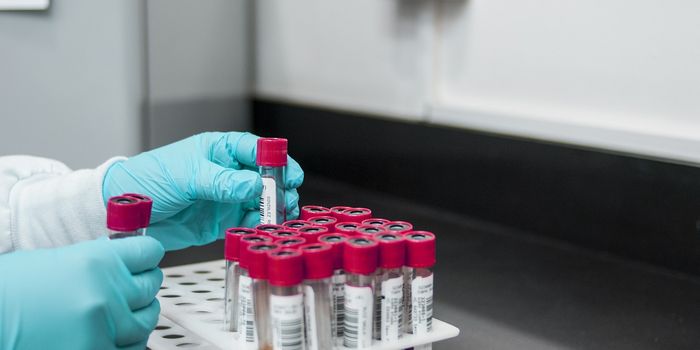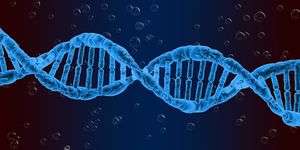Upending Dogma, Organs Found to be a Mix of Young and Old Cells
When we’re infants, our brains contain lots of nerve cells, and their connections get trimmed down as we develop. The remaining neurons were assumed to be with us for a very long time. Cells like neurons or heart cells were thought to be among the oldest in the body (although recent evidence is indicating that in some cases neurons can continue to divide). Researchers at the Salk Institute have discovered, however, that in the mice they studied, the brain, as well as the liver and pancreas, carried proteins and cells with very long lifespans that were as old as neurons. Some organs appear to be a mix of cells with different ages; they demonstrate age mosaicism.
The work, reported in Cell Metabolism, might apply to many human organs, though that remains to be verified. These findings might help us understand how cells that stop dividing impact the body as we age, and how protein quality and integrity breaks down over time.
“We were quite surprised to find cellular structures that are essentially as old as the organism they reside in,” noted the co-leader of the study, Professor Martin Hetzer, Salk Vice President, Chief Science Officer. “This suggests even greater cellular complexity than we previously imagined and has intriguing implications for how we think about the aging of organs, such as the brain, heart, and pancreas.”
It’s thought that neurons in the brain, for the most part, don’t create new cells by dividing; they can live for decades and may decline over time. But it was challenging to assess the age of neurons.
“Biologists have asked: how old are cells in an organism? There is this general idea that neurons are old, while other cells in the body are relatively young and regenerate throughout the organism’s lifetime,” said the first author of the study Rafael Arrojo e Drigo, Salk staff scientist. “We set out to see if it was possible that certain organs also have cells that were as long-lived as neurons in the brain.”
Since most neurons don’t divide, they were used as a baseline in this study so the scientists could compare cells in the body to get a sense of their relative age. They visualized protein turnover and age while visualizing and counting cells in the brain, pancreas, and liver of young or old rodents - unfortunately though, not the same animals. They first used this method to obtain an age for the neurons.
They found that the cells lining blood vessels - endothelial cells, had the same cellular age as neurons, indicating that other cell types are probably not replicating much during the lifespan of some organisms. After investigating various types of cells in the pancreas, it was found that some insulin-releasing beta cells were young and continue to divide into new cells while other beta cells were very long-lived. Another pancreatic cell type - delta cells, didn’t divide at all. The pancreatic cells overall had a mix of ages. Most liver cells, surprisingly, were old, but others were very short lived. The liver was also characterized by age mosaicism.
In the old neurons and pancreatic cells, some protein regions had very different ages. The liver, however, didn’t have any old proteins.
“Thanks to new visualizing technologies we are able to pinpoint the age of cells and their supramolecular complexes more accurately than ever before. This opens new doors for studying all cells, tissues, and organs in normal and in disease states,” said the co-leader of the work, Mark Ellisman, a Distinguished Professor of Neurosciences at UC San Diego’s School of Medicine.
“Determining the age of cells and subcellular structures in adult organisms will provide new insights into cell maintenance and repair mechanisms and the impact of cumulative changes during adulthood on health and development of disease,” added Hetzer. “The ultimate goal is to utilize these mechanisms to prevent or delay age-related decline of organs with limited cell renewal.”
Sources: Phys.org via Salk Institute, Cell Metabolism









